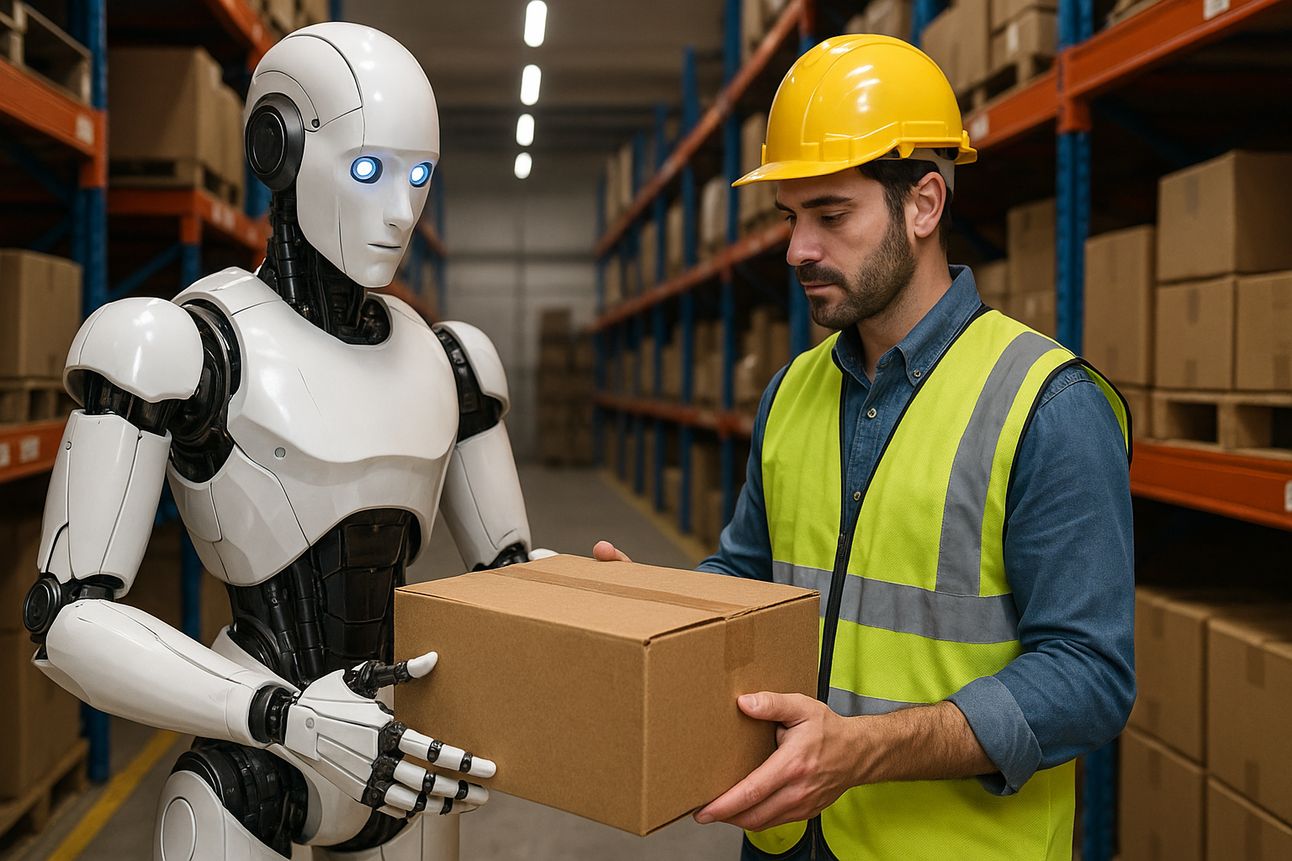- The Midas Report
- Posts
- Rise of the Robotic Colleagues... The Future is Now
Rise of the Robotic Colleagues... The Future is Now
4 min read

The era of robotic coworkers is arriving faster than many imagined. A major industry report estimates that the general purpose robot market could reach 370 billion dollars by 2040, with China accounting for about half of this growth. These machines are no longer futuristic concepts. They are real systems with evolving capabilities in vision, language, and action.
Advances in embodied AI mean robots can now pack, pick, lift, inspect, move, and collaborate in real time. But deployment still faces hurdles including short battery life, fragile supply chains, high costs, and public skepticism about safety.
Why This Is a Robotics Turning Point
Today’s robots are designed to perform specific tasks. Unlike industrial machines limited to single functions, general purpose robots can operate across multiple roles in environments like warehouses, hospitals, and logistics centers. With better sensors, control systems, and AI models, these machines are becoming more responsive and collaborative.
Financial Scale and Market Momentum
Forecasts suggest that the humanoid robot market could reach five trillion dollars by 2050, with nearly a billion units in use globally. Other projections place the global robotics market at 38 billion dollars by 2035, driven by lower component costs and greater flexibility. China is leading this acceleration, with its robotics sector expected to grow from just under 400 million dollars in 2024 to more than 10 billion by the end of the decade.
Roadblocks to Adoption
Despite their promise, robots remain expensive. Units can cost anywhere from 15000 to over 250000 dollars each, not including maintenance and repair. Specialized components are still hard to source, and enterprise teams must navigate complex integration, software stacks, and safety protocols. Simply put, the technology is powerful but not plug and play.
How to Prepare for a Robotic Workforce
Experts recommend a phased approach to adoption. Start by mapping out labor intensive processes that are consistent and repetitive. Areas like material handling, visual inspection, and warehouse coordination are prime candidates. Pilot one use case, track its reliability and output, then refine before scaling.
What This Means for Businesses
This is no longer science fiction. Robotics now intersects with supply chain planning, operational efficiency, and strategic labor decisions. Companies that start experimenting now will be ahead of the curve when costs drop and performance increases.
Understanding what embodied AI can do today is the first step toward identifying where it fits in your operations. This is not about full automation. It is about smarter workflows, incremental change, and strategic leverage.
What You Can Do Today
Pick one labor intensive task in your business and research whether a robotic or embodied AI solution exists for it. Even if implementation is not immediate, learning what is possible gives you a roadmap for the next evolution of your workforce.
Sources
https://www.mckinsey.com/industries/industrials-and-electronics/our-insights/will-embodied-ai-create-robotic-coworkers
https://www.morg stanley.com/insights/articles/humanoids-5-trillion-market
https://www.goldmansachs.com/insights/articles/global-market-for-robots-could-reach-38-billion-by-2035